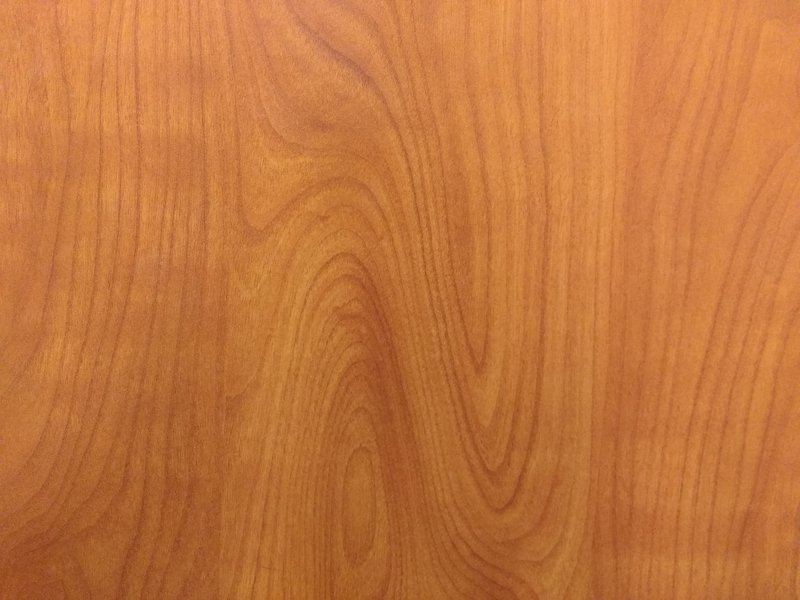
Imagine the wood duck as a vibrant piece of art, splashed with colors of green, blue, and chestnut. Its iridescent feathers are like brushstrokes on a canvas, catching the light in the most mesmerizing way. But just like any artwork, these ducks face threats that put their future at risk. In this article, we’ll explore the status of wood ducks, what challenges they face, and what makes their conservation so important.
What Are Wood Ducks?
The wood duck, or *Aix sponsa* to be fancy, is a small-sized duck that’s native to North America. They’re distinctive with their stunning plumage, with males sporting a combination of green and purple feathers, while females are more subtle, with soft browns and whites. They’re probably one of the most beautiful ducks you’ll ever spot and have a unique way of navigating their environment.
These ducks are perching ducks, which means they often sit in trees! Unlike many other ducks that prefer open water, wood ducks like to nest in tree cavities near water sources. This unique nesting behavior is just one of the reasons they stand out in the duck family tree.
Current Status: Are Wood Ducks Threatened?
The good news is that wood ducks are not considered endangered. Instead, they have a stable population after suffering historical declines in the early 1900s. When settlers came to North America, they started hunting wood ducks heavily. Add deforestation to the mix, and their numbers dropped significantly.
However, thanks to conservation efforts, wood ducks’ populations have rebounded. Organizations and wildlife enthusiasts have worked to create better nesting conditions and limits on hunting. Today, their population is estimated to be in the hundreds of thousands, making them a conservation success story.
Threats to Wood Ducks
Even though the wood duck has bounced back, they still face several threats. Here’s a rundown of what they contend with:
- Habitat Loss: Development and logging can destroy the wetlands and forests where these birds live.
- Pollution: Pollution in water sources can impact their health and the availability of food.
- Predation: As tree-nesting ducks, wood duck eggs and chicks can fall prey to animals like raccoons and snakes.
- Climate Change: Changes in weather patterns can alter their habitats and food sources.
While these threats are serious, awareness and conservation efforts can help mitigate them.
Conservation Efforts for Wood Ducks
Keeping wood ducks off the threatened list isn’t just about luck. Dedicated conservation initiatives have played a key role in their recovery. So, what exactly are these efforts?
1. Wood Duck Boxes: One of the most effective solutions has been the creation of wood duck boxes. These artificial nesting sites help wood ducks find safe places to lay their eggs, especially in areas where natural cavities have been lost.
2. Wetland Restoration: Organizations are working to restore wetlands by replanting native vegetation and improving water quality. Healthy wetlands are crucial for the survival of wood ducks and many other species.
3. Monitoring Populations: Wildlife agencies keep track of wood duck populations through surveys and banding programs. This helps them gauge population health and make informed decisions regarding hunting regulations.
4. Education and Awareness: Spreading the word about the importance of wood ducks and their habitats encourages community involvement. From school programs to local initiatives, awareness is key to ensuring their survival.
What You Can Do to Help
Feeling inspired? You don’t need to be a wildlife expert to make a difference. Here are a few simple ways you can contribute to wood duck conservation:
- Support Local Wetland Restoration Projects: Participate in or donate to local conservation groups working on wetland projects.
- Get Involved: Join bird-watching groups or volunteer for local wildlife initiatives. Your voice can make a difference!
- Spread Awareness: Share what you learn about wood ducks with friends and family. The more people know, the better!
- Enjoy Nature Responsibly: When visiting natural habitats, follow guidelines to minimize your impact on wildlife.
Every small action counts, and together we can help ensure a bright future for wood ducks.
The Importance of Wood Ducks in Ecosystems
You might be wondering why saving wood ducks matters. These birds play a vital role in their ecosystems. By feeding on seeds, insects, and aquatic plants, they help maintain the balance in their habitats. Plus, they’re an important food source for predators.
In a way, every species has a role, like pieces in a puzzle. Losing one can disrupt the whole picture. Keeping wood ducks thriving helps support the health of wetlands and the overall biodiversity in their environments.
So, is the wood duck threatened or endangered? While they faced challenges in the past, proactive conservation efforts have helped stabilize their populations. That said, ongoing threats still exist, and it’s up to us to stay vigilant. By understanding the importance of these beautiful birds and the ecosystems they inhabit, we can all contribute to their recovery and survival.
Let’s celebrate the wood duck’s vibrant colors and unique behaviors by ensuring their place in our world. So next time you see one of these stunning ducks, remember: every effort counts in keeping them safe for generations to come.

